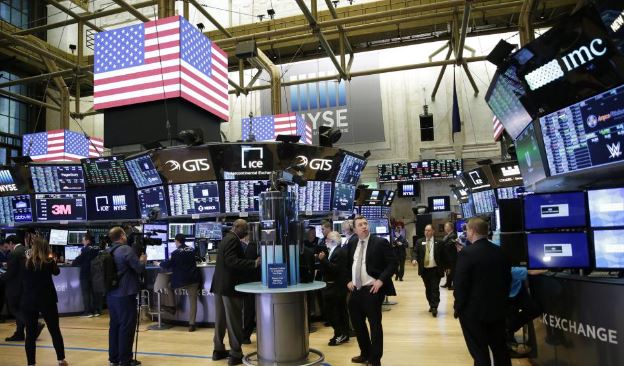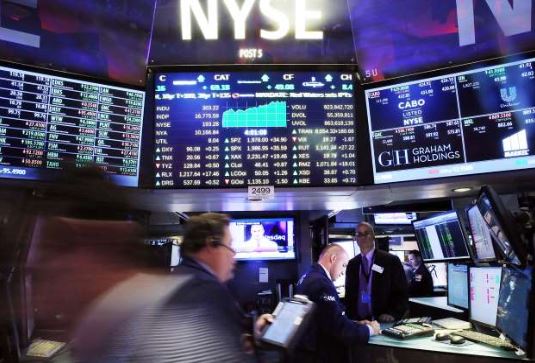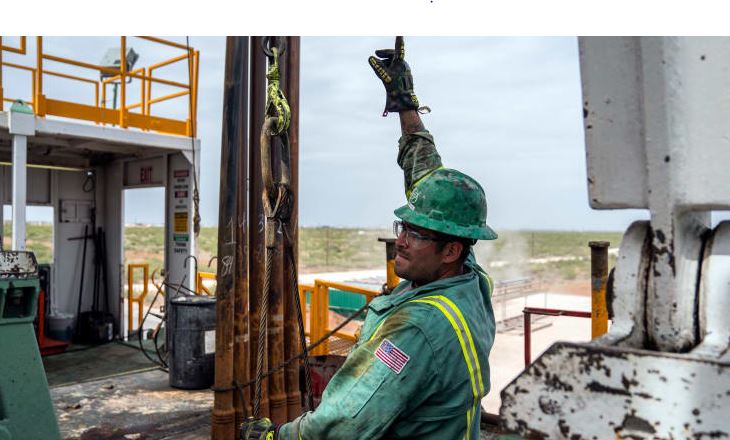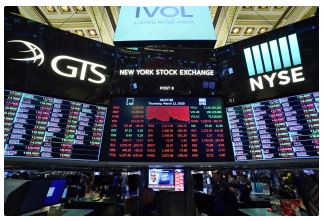How Much Will The Stimulus Help?
What’s in Today’s Report:
- How Much Will the Stimulus Help?
- Cash is King
Futures are down around 1% despite the Senate passing the stimulus bill, as markets digest the past two day’s rally.
The Senate passed the stimulus bill last night and the House has indicated it will pass the bill tomorrow, removing any lingering uncertainty.
Economic data was disappointing as German GfK Consumer Climate missed estimates (2.7 vs. (E) 7.7), as did British Retail Sales (-0.3% vs. (E) 0.2%).
Today there are two important events, both of which come early in the day.
First, Fed Chair Powell will appear on the Today Show at 7:05 a.m. ET, and while he won’t reveal any new policies, markets will be watching for a generally positive tone.
Second, the most important economic number of the week comes this morning via weekly jobless claims, which are estimated to be 1 million. That is a figure I never thought I would see, considering claims peaked below 700k at the depths of the financial crisis. If claims blast through that 1 MM estimate and move towards 2 MM that could be a headwind, while anything below 1MM will be a mild positive.




